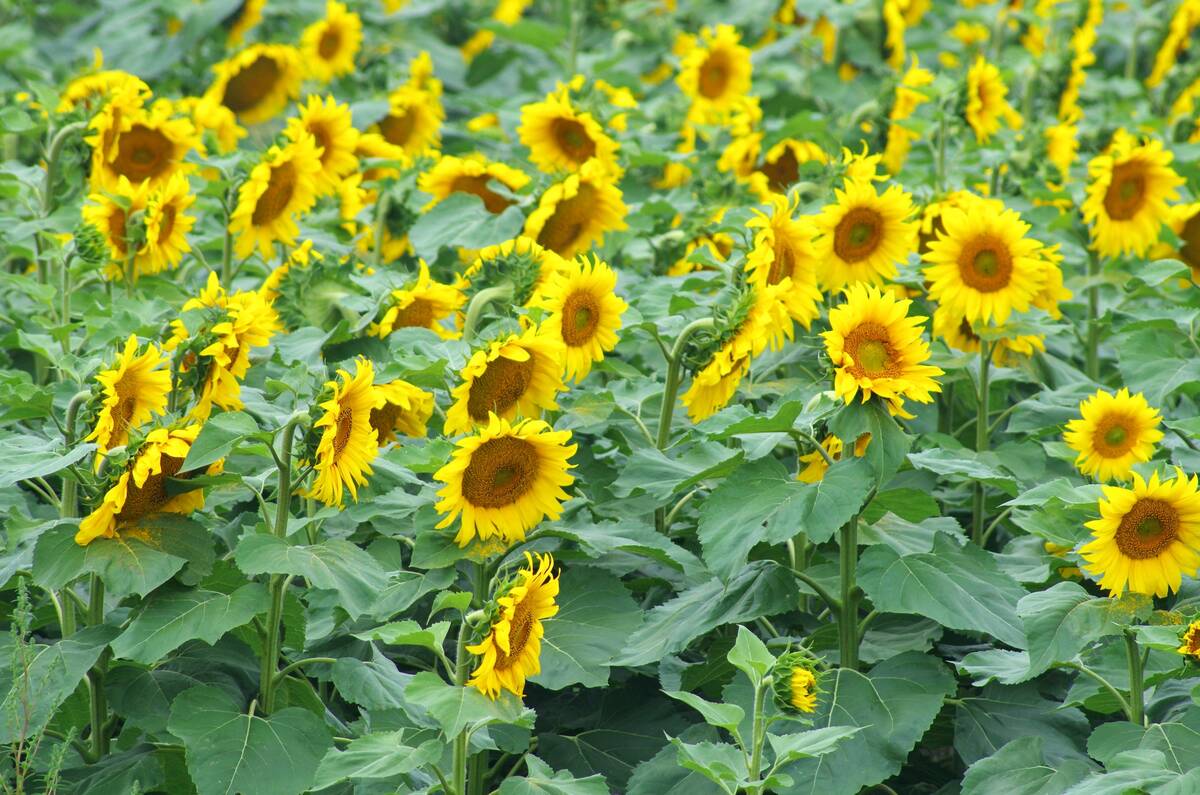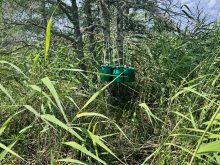The Saskatchewan government wants hunters to give it their deer heads so pathologists can check them for chronic wasting disease.
The provincial environment department made the request for white-tailed deer, mule deer and elk heads earlier this year, but so far not enough heads have been submitted.
When the program was announced, the department said it wanted heads from 3,000 adult white-tailed deer from six high priority areas and another 1,000 from the Manito Sand Hills.
So far, only 468 deer heads have come from the high priority areas and another 428 from the sand hills.
Read Also

Bird repellent gets emergency approval for sunflowers
Bird repellent gets emergency approval for sunflowers
Five hundred animals have been tested, with no CWD cases found. Saskatchewan hunters kill 40,000 white-tailed deer a year.
CWD has been found in 38 herds of farmed elk, infecting 190 animals across the province.
Testing the wild population for the disease began in 1997 and until last year involved only about 100 animals a year. One thousand deer heads were tested in 2000.
One tested positive in the Manito Sand Hills area south of Lloydminster. Further testing of 200 heads found another infected animal in the same area.
Since then, no other animals in Saskatchewan’s wild population have been found with the disease.
The hunting season closed Dec. 8 and hunters that have heads that are frozen from this year’s season are asked to turn them in to environment department officials.
“We will take animals from outside the priority areas as well as from the seven … near (CWD) infected elk farms and the Manito Hills area,” said Kevin Omoth of the environment department.
The priority areas are located in the Moose Mountain hills north of Carlyle, Sask., near Love, Sask., at the southern base of the provincial forest and south of Lloydminster in the Manito Sand Hills.
















